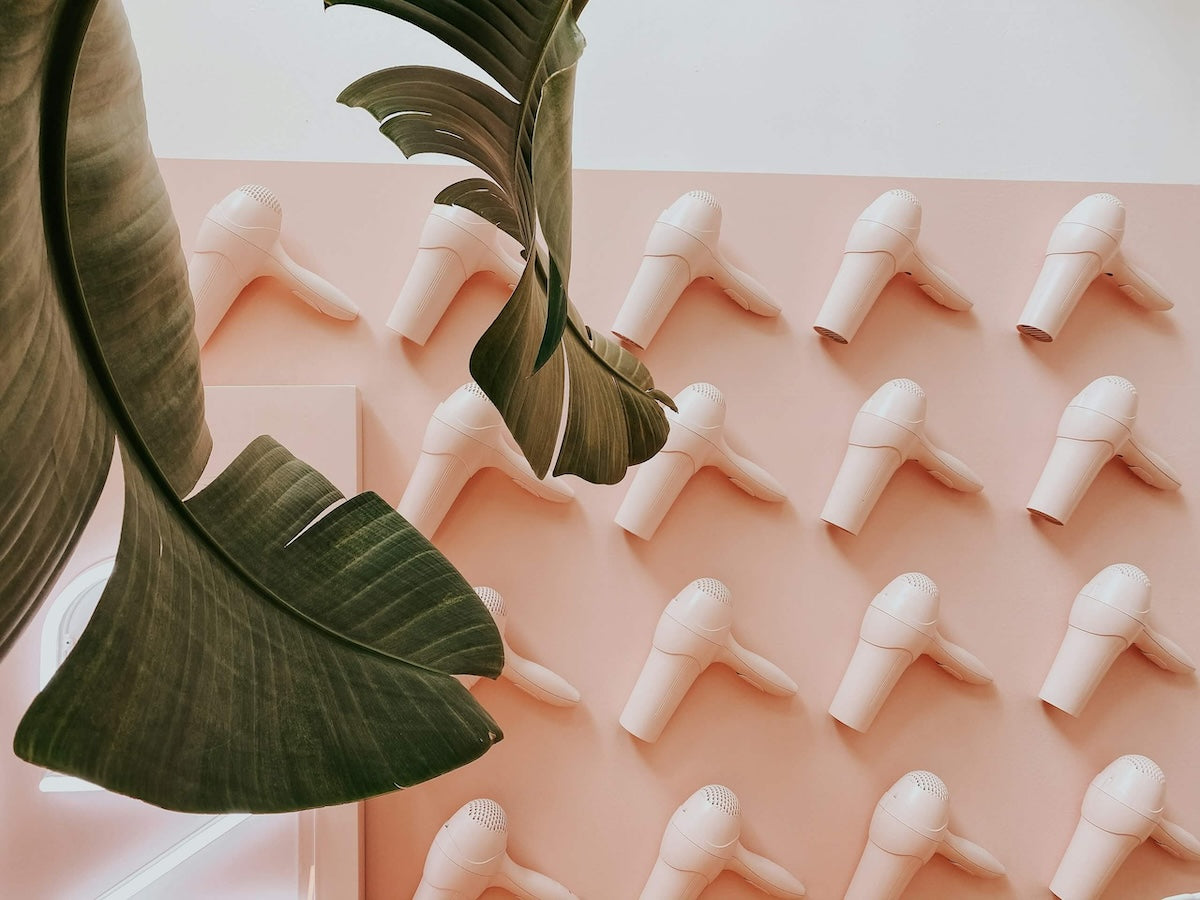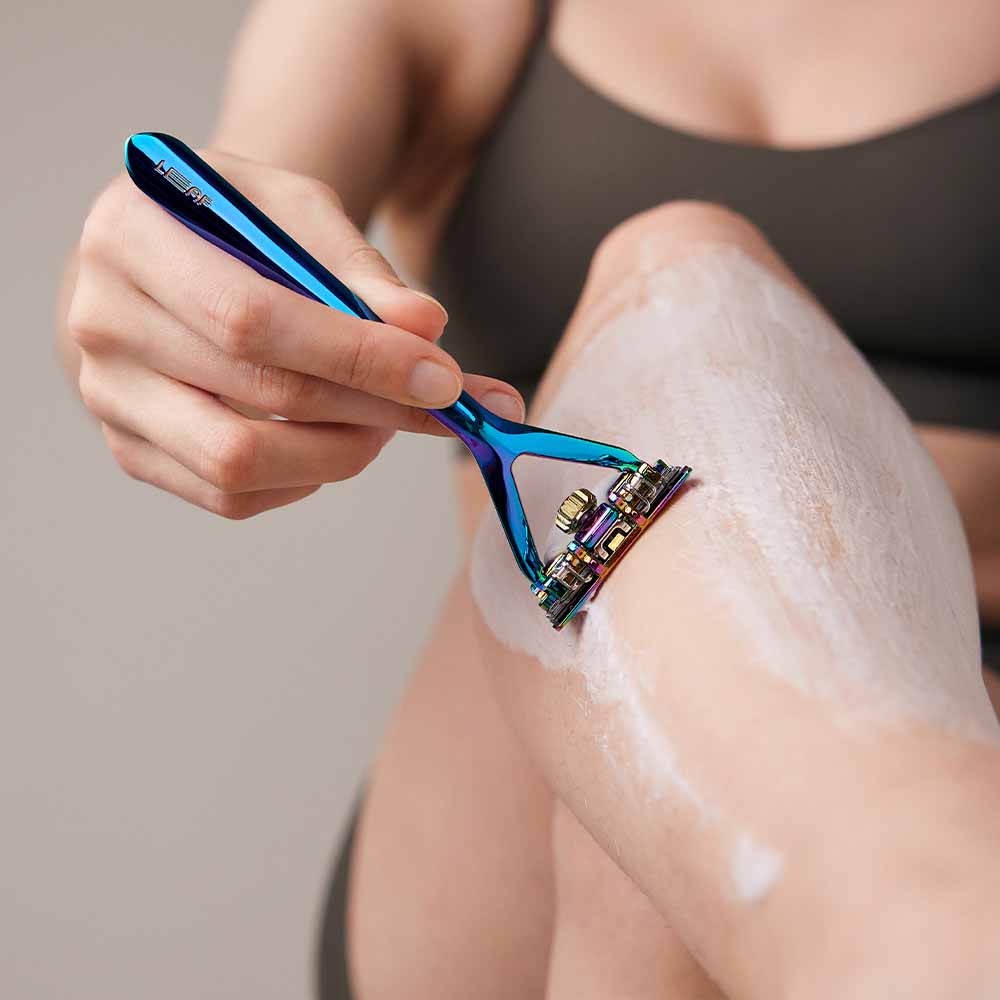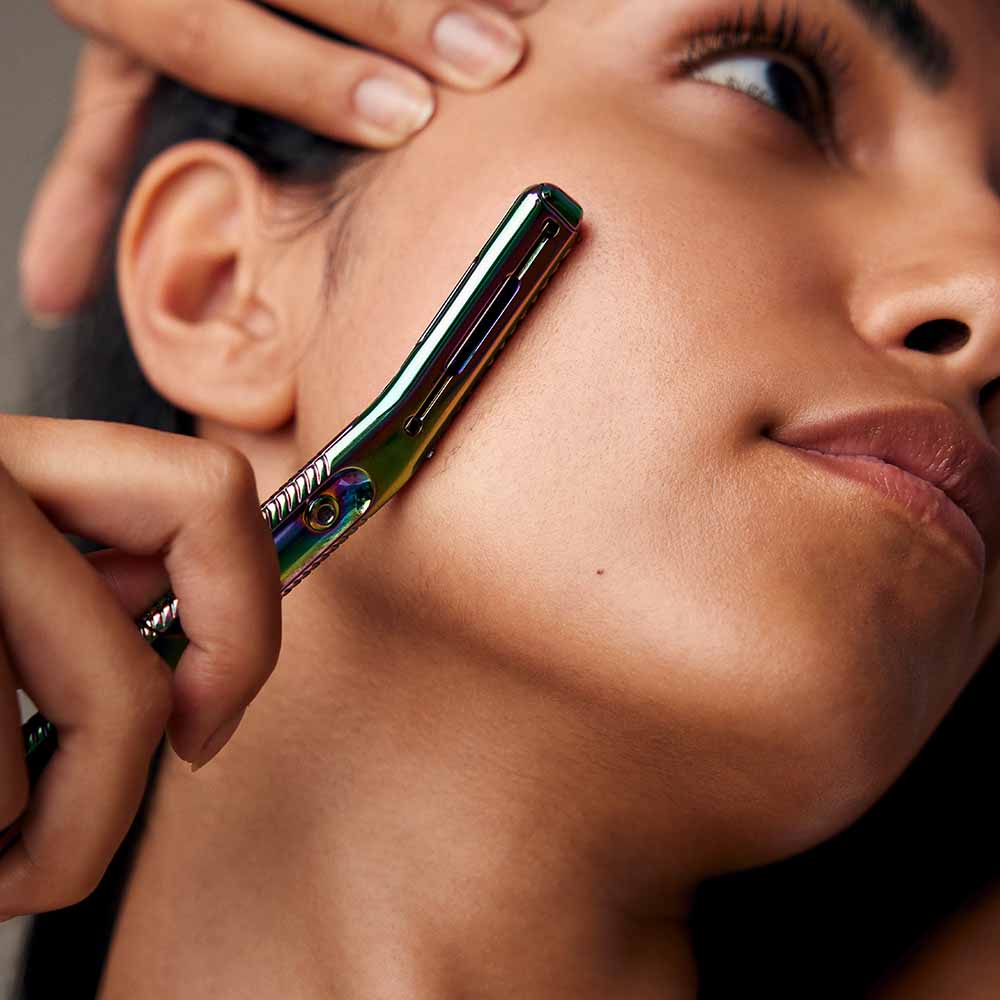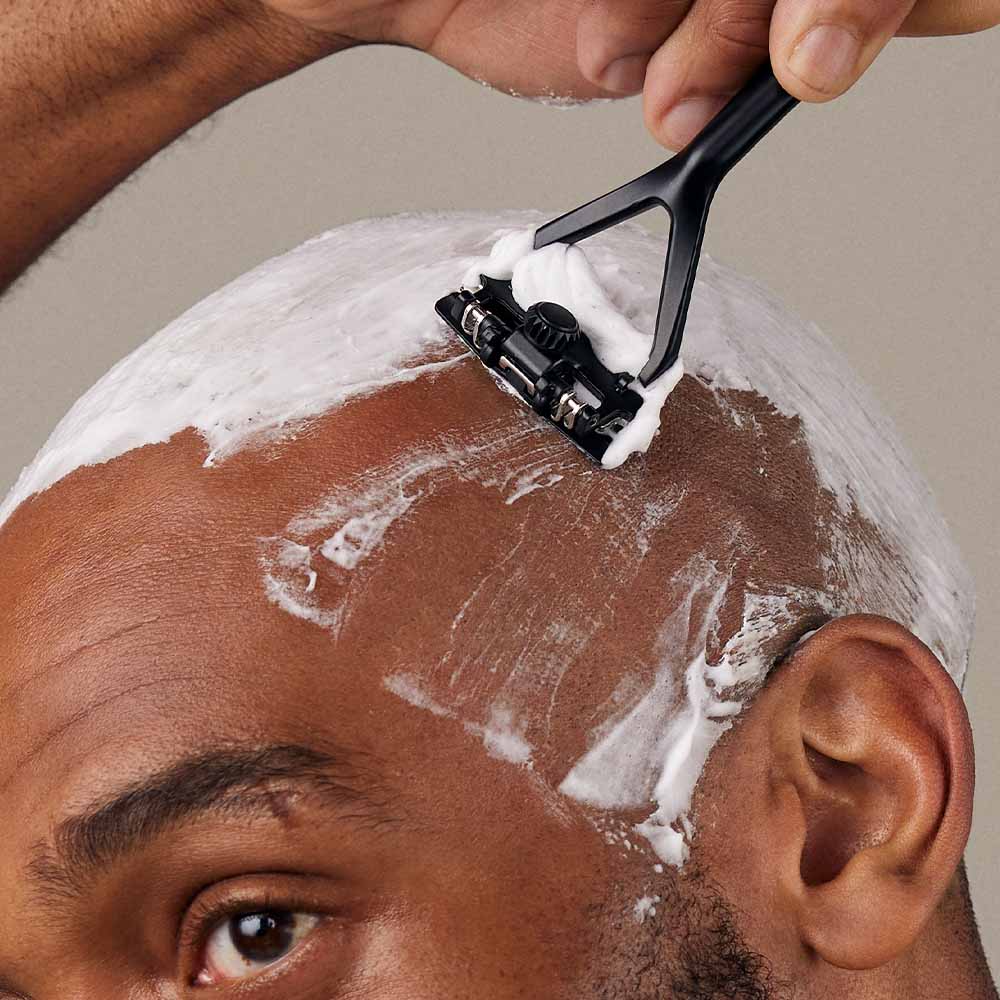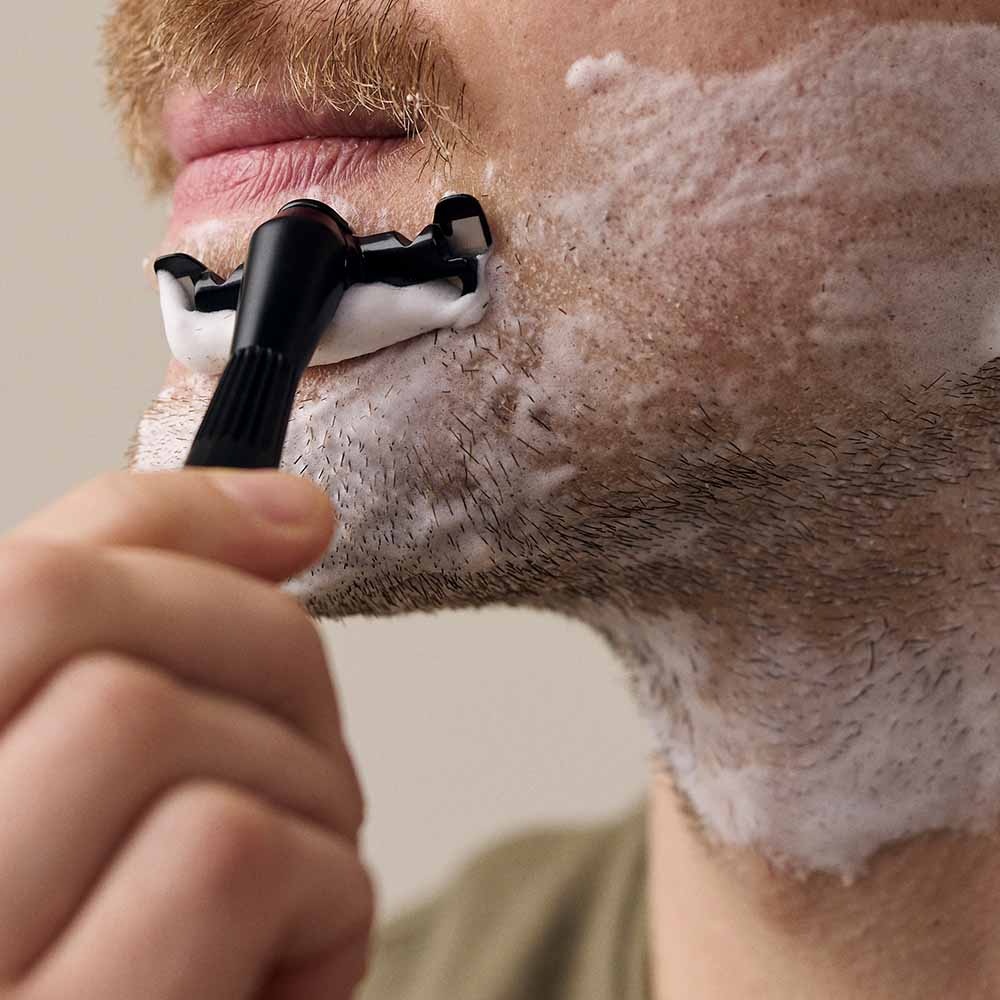Hair care has been essential to human culture for millennia, with ancient civilizations using plants and techniques to care for their hair. Today, the significance of hair care continues in cultural expressions, personal identity, and fashion trends.
According to "Physiology, Hair" on StatPearls (2023), humans have around five million hair follicles! These hair follicles are located beneath your skin and produce a hair shaft that grows outwards. Hair plays several crucial roles: it helps regulate body temperature, shields us from cold temperatures and harmful UV rays, and contributes to our sense of touch.
In recent years, the hair industry has seen a growing preference for natural and organic products with the introduction of high-tech grooming tools. However, hair loss, dandruff, and damage from heat and styling are common, and addressing these problems requires a thoughtful approach. It's also important to recognize that hair care is not one-size-fits-all. Different hair types—curly, straight, oily, or dry—require tailored routines.
A well-rounded hair care routine covers everything from shampooing to styling to protecting. Maintaining the hair on your head, face, or body means tailoring to your personal needs. When you combine the right products, habits, and knowledge, you can give your hair what it needs to thrive.
The Science Behind Your Hair
There are three growth stages: anagen, catagen, and telogen. The anagen phase is the active growth stage, where hair follicles produce new cells with visible hair growth. This phase can last anywhere from two to seven years but varies depending on genetics and individual factors. 
Next is the catagen phase—when hair growth slows down. This phase typically lasts a few weeks as your hair follicle prepares to enter the telogen phase.
In the final phase, telogen, hair stops growing and eventually sheds. Follicles are then able to produce new hair.
Understanding your genetics, hormones, nutrition, and environmental factors can help you better care for your hair and address hair loss or thinning. There are procedures like trichoscopy that help dermatologists examine your scalp and hair follicles to evaluate hair density, follicle morphology, shaft thickness, and scalp pigmentation. To learn more, consult your dermatologist and empower yourself with knowledge.
Genetics
Genetics can influence growth patterns, texture, color, and vulnerability to hair loss. Your genetic makeup was inherited from your parents and provides the blueprint for how your hair will develop over time. Certain genes may predispose you to conditions such as pattern baldness or alopecia, while others may determine the thickness or density of your hair strands. By understanding your genetic predispositions, you can anticipate potential hair-related issues and take proactive steps to address them.
Hormones
Hormonal balance is crucial for healthy hair growth. Androgens, such as testosterone and dihydrotestosterone (DHT), play a significant role in regulating hair follicle activity ("Hormonal Effects on Hair Follicles," 2020). Imbalances in these hormones can disrupt the hair growth cycle, leading to conditions like androgenetic alopecia, commonly known as male or female pattern baldness.
Hormonal fluctuations, which can occur due to factors like puberty, pregnancy, or menopause, may also contribute to hair thinning and loss. Consulting with your healthcare professional can help identify hormonal imbalances and explore treatment options to restore hair health.
Nutrition
Nutrition is fundamental for maintaining optimal hair health. A well-balanced diet is rich in essential vitamins, minerals, and nutrients and provides the building blocks needed for strong, vibrant hair. Key nutrients such as biotin, vitamin E, iron, and omega-3 fatty acids support the production of keratin, a protein that forms the structure of hair strands. Incorporating plenty of leafy greens and omega-3 fatty acids into your diet can help nourish your hair from within, promoting growth and resilience.
Environment
Environmental factors can significantly impact the health and appearance of your hair. Exposure to UV radiation, pollution, harsh chemicals, and heat styling tools can damage the hair shaft, leading to dryness, breakage, and inhibited growth. Protecting your hair from environmental stressors is essential for maintaining strength and vitality. Wearing hats or scarves and minimizing the use of heat styling tools can help shield your hair from damage.
Stress
Chronic stress and unhealthy lifestyle habits can disrupt the delicate balance of your body, including your hair growth cycle. High levels of stress hormones like cortisol trigger hair shedding and inhibit new growth (Bryant, 2021), leading to thinning or temporary hair loss conditions.
Prioritizing stress management techniques such as exercise, meditation, or relaxation practices can help mitigate the impact of stress on your hair health. Adequate sleep and adopting a balanced lifestyle can promote overall well-being, supporting healthy hair growth and maintenance. Consulting with a licensed mental health provider can provide personalized guidance on managing stress-related hair concerns.
Hair Removal Tips and Solutions
Embracing your body hair—or choosing to remove it—is a personal decision rooted in your preferences and lifestyle. Both options can be part of a healthy, empowering self-care routine. If you choose to remove your hair, here's how to shave effectively and maintain your skin's health.
1. Shave in a warm shower to open up your pores. Consider using Shave Oil to soften your hair and create a protective barrier against irritation.

2. Invest in a high-quality razor to ensure a close and comfortable shave. Select products that are suitable for your skin type and free of harsh chemicals or fragrances.
3. Shave carefully using gentle, short strokes to minimize irritation and nicks. Rinse the razor frequently and avoid pressing hard against the skin.
4. Moisturize. After shaving, soothe with Calming Serum or a moisturizer to hydrate and prevent dryness and irritation.

5. Replace your blades regularly. Using dull blades can increase the risk of irritation and ingrown hairs. Replacing your blades maintains optimal sharpness and performance. With Leaf, you can recycle and send your used blades back to us.
6. Understand your hair growth cycle. You can optimize your shaving routine to coincide with the active growth phase. Listen to your skin, and pay attention to any changes. Plan your shaves and experiment with schedules to see which is best for you.
Sustainable Solutions
Selecting the right tool can make a significant difference in both the efficacy and sustainability of your shaving routine.
The Leaf Razor offers an easy approach to wet shaving, providing a higher quality alternative to disposable razors and cartridge systems. With its multi-blade design and pivoting head, the Leaf Razor provides 100% customization, giving you a closer shave while minimizing irritation and ingrown hairs.
For individuals with polycystic ovary syndrome (PCOS) or sensitive skin, dermaplaning can be a game-changer. The Leaf Dermaplaner is a handheld tool designed to gently exfoliate the skin and remove peach fuzz, resulting in a smoother complexion and enhanced product absorption. Our plastic-free option is durable and lasts for life. Simply refill the blades and blade-guards and glow on!
Understanding the science of hair opens doors to a world of possibilities for healthier, more vibrant locks. Armed with the knowledge, we can empower ourselves to explore new products and tailor our routines to our unique needs and preferences.
As we navigate hair care, let's approach it with curiosity and confidence. After all, good hair is not just about how it looks—it's about feeling good, too.
____________
Sources
National Center for Biotechnology Information. (2023). Physiology, Hair. NCBI Bookshelf. https://www.ncbi.nlm.nih.gov/books/NBK499948/
Grymowicz, M., Rudnicka, E., Podfigurna, A., Napierala, P., Smolarczyk, R., Smolarczyk, K., & Meczekalski, B. (2020). Hormonal Effects on Hair Follicles. International Journal of Molecular Sciences, 21(15), 5342. https://www.ncbi.nlm.nih.gov/pmc/articles/PMC7432488/
Bryant, E. (2021, April 13). How stress causes hair loss. National Institute on Aging (NIA). https://www.nia.nih.gov/news/how-stress-causes-hair-loss


